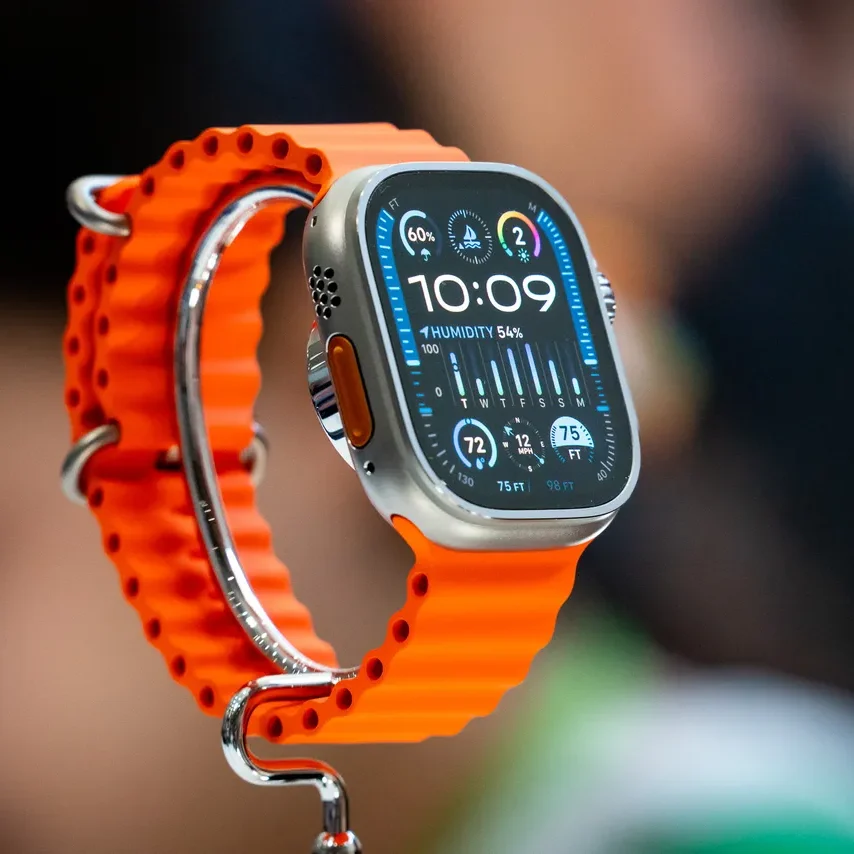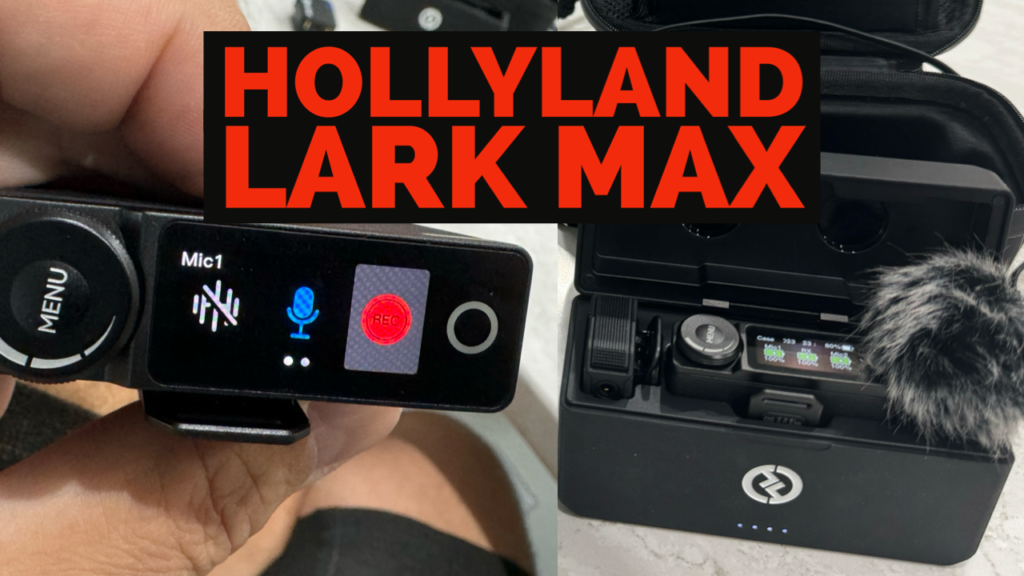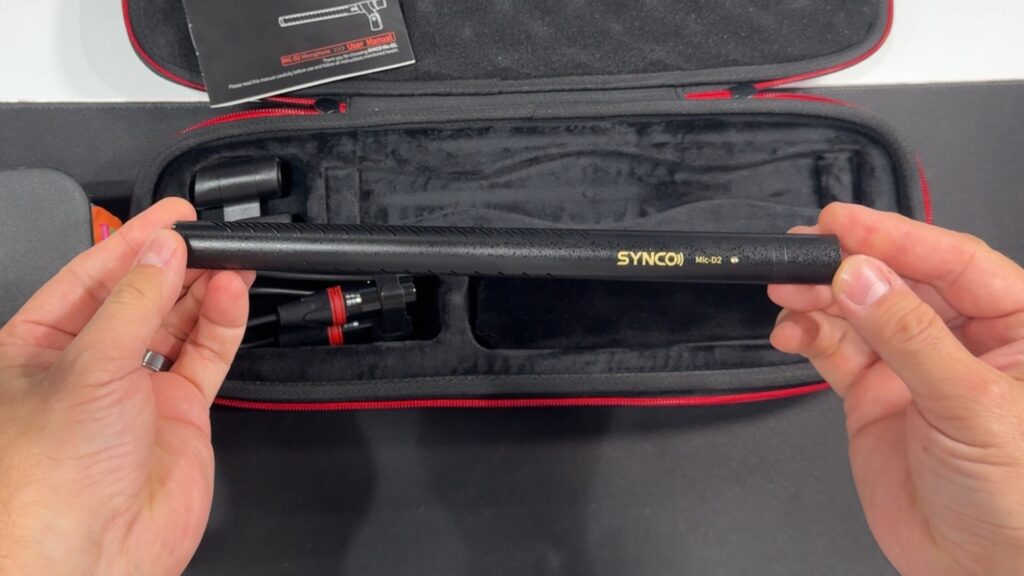A shotgun microphone, or boom mic, is a type of microphone that is frequently used in film and TV production. Shotgun mics are highly directional, which means that they can pick up sound from a specific direction, meaning they’re great at filtering out background noise. This makes them great for use in noisy environments like city streets, busy restaurants, or in convention interview situations.
There are some different types and sizes of boom or shotgun mics. The important feature in all shotgun mics is the “interference tube.” This is a long hollow tube placed inside shotgun mics that helps cancel out off-axis sounds. In English, this means the off-axis sounds, or the background noise, arrives at the diaphragm with varying phase relationships that kind of cancel each other out.
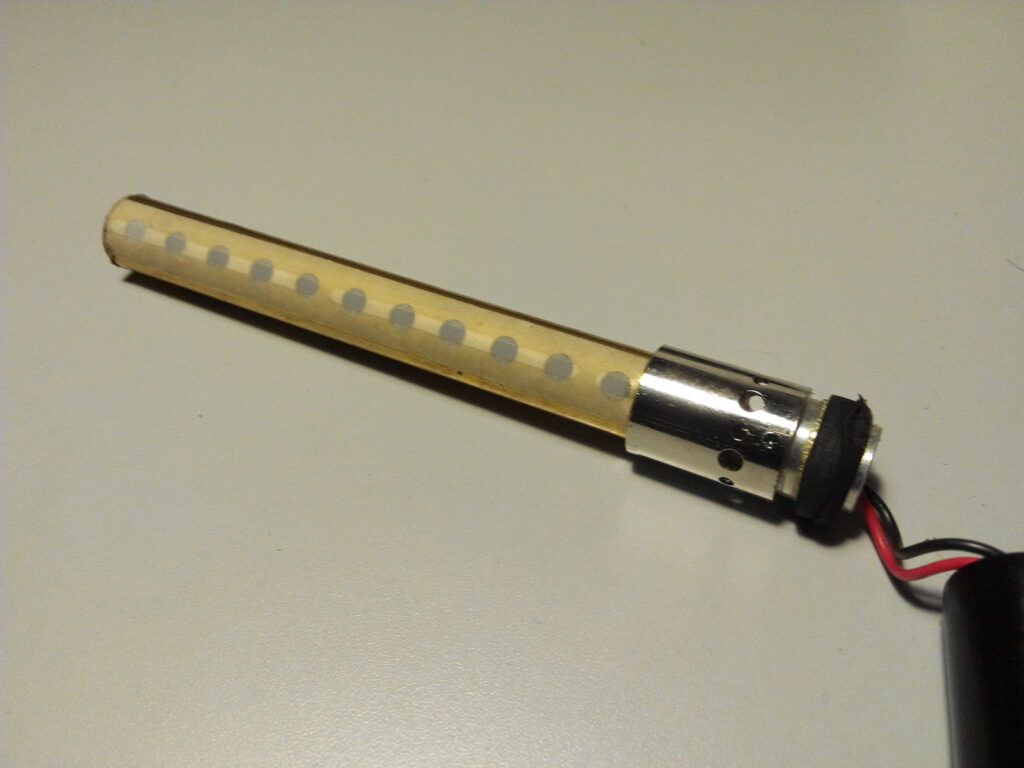
The pickup angle of a shotgun microphone is determined by the length of the interference tube. The longer the tube, the narrower the pickup angle, and the more outside noise cancelled. So when using a shotgun microphone, you’ll need to point the mic directly at the source of the sound you want to record, usually someone speaking. Point it as directly towards the subject’s mouth as you can. If the person or subject is moving, mounting your shotgun mic on a boom pole is helpful to follow the subject to capture the best sound.
Shotgun mics are not the perfect solution for every situation. We’ve learned the closer the shotgun mic is to the subject, the better your sound will be. If the mic is too far away, the sound may be faint or echo-ey. Shotgun mics can be mounted on boom poles or placed on stands, depending on the needs of the production. The trick is to get the mic is as close to the source as possible, without being seen in the camera.
In interview situations, shotgun mics are great! They can be handheld, like I’m doing right now. This is what we use at conventions like the CES, where there’s a lot of noise that I need to compete with.
There are three types of shotgun microphones:
Short Shotgun Microphones: These are the most compact and lightweight among shotgun microphones. They are ideal for mounting on cameras and smartphones, where space is limited. Short shotgun mics offer a slight improvement in directional characteristics compared` to standard omnidirectional microphones. The Rode VideoMic Pro is a popular lightweight shotgun microphone, well-suited for mounting directly on cameras. It’s affordable, usually under $250.
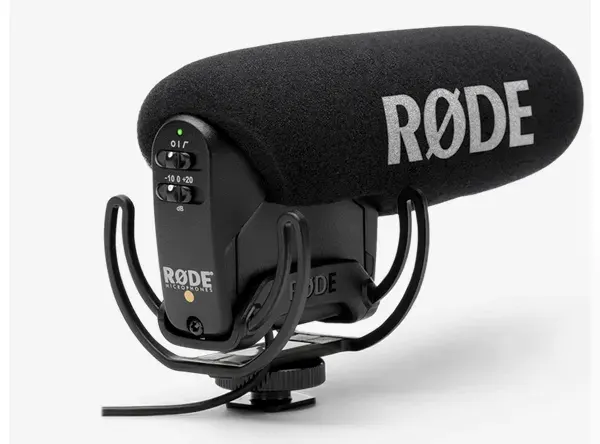
There are Medium Shotgun Microphones. These are a balance between size and directional performance. They offer a longer interference tube than the short shotguns, which results in better directionality. These are commonly used in film and television production where a balance of mobility and directional quality is needed. The $1000 Sennheiser MKH 416 is a highly regarded medium shotgun microphone known for its excellent sound quality and durability. It’s a common choice for film and television production, offering a good balance between directionality and ease of use.
Long Shotgun Microphones: These microphones have the longest interference tubes, offering the most narrow pickup pattern, and they’re excellent for isolating sound from a distance. Due to their size and weight, they are often mounted on booms or stands rather than on cameras. They are typically used in situations where the microphone cannot be placed close to the sound source, like in wildlife recording or on film sets. The $300 Audio-Technica AT-897 is a long shotgun microphone designed for capturing audio over longer distances with high directionality. We’ll test the AT-897 versus a Sennheiser MKH-416 at the end of this video.

Some folks might say, why not just use a wireless mic with a hidden lavalier? Sometimes that’s just not possible due to costs, local radio frequency interference, wardrobe limitations, or distances. Theoretically, you can run a good XLR microphone cable up to 900 to 1000 feet without losing signal. Many prosumer wireless systems cap out at about 300 feet.
Whether you’re shooting a vlog, recording a podcast, or capturing footage for your next movie masterpiece, using a shotgun mic may be the solution for better audio. Watch our YouTube video to hear the difference for yourself.


